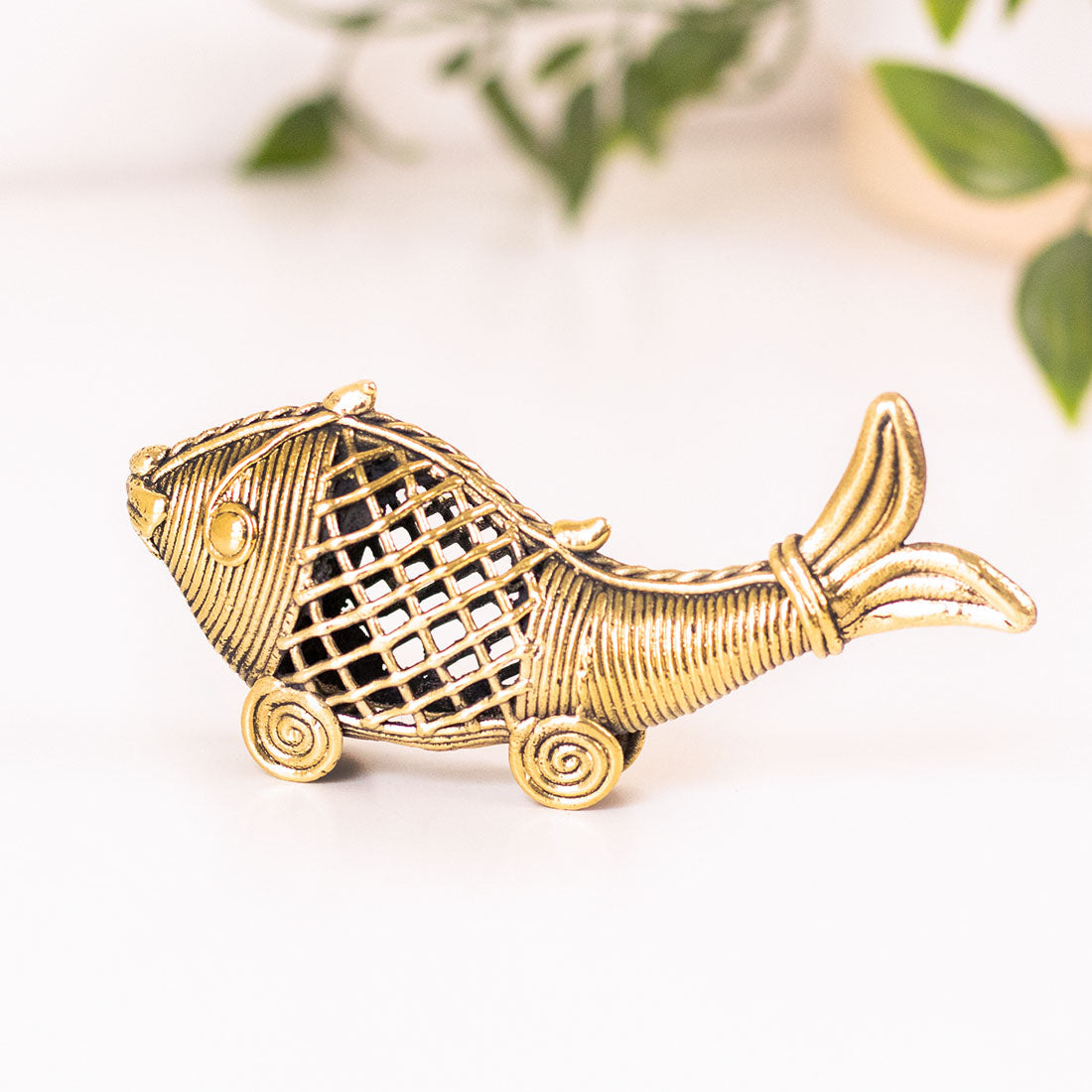The history of Indian tribal art dates back thousands of years. It was a way for the tribes to decorate the walls of their mud houses with scenes from their daily life and ritual practices – What began as a way to paint walls is now a famous art practice involving paintings, jewelry, utensils, and decor items. This article discusses three distinct tribal art forms known for their intricate patterns and designs. Have a look at the points below!
Warli
This art style owes its name to the Warli tribe, one of the largest tribal groups in India.While the art form has been around for centuries it only came to be officially recognized in the 1970s.
GGenerally, Warli paintings feature white figures on a black surface; the stark contrast between the two colors throws the subjects into sharp relief. While the black and white color scheme is common, artists have also been trying other combinations like white figures on red ochre. Warli art usually depicts humans, animals, and natural elements in geometrical shapes, for instance, two triangles joined at the apex points show a human body. The craftsmen either tilt these figures or give them an angle to suggest movement. Fascinating, isn’t it?
The recurring motif of the Tarpa dance is an equally exciting facet of Warli art. Men and women come together, hold hands, and move in a circle around the tarpa player. The circle of dancers is meant to represent the circle of life!
Originally, artists used rice flour paste, chewed bamboo sticks, mud, charcoal, and a mixture of gum and water to make these paintings. Now that Warli art includes hand-painted ceramics, they are also experimenting with natural mineral clay.
Explore our Wonderful Warli collection here Tribal Pop!

Saura
OOften mistaken for Warli, this art comes from the Saura tribe who dwell in the jungles of Odisha, Madhya Pradesh, Jharkhand, and Maharashtra in India. Their art depicts nature in all its glory and shows the beautiful bond between humans and nature through a symbol called the ‘Tree of Life.’ One can easily spot the ‘Tree of Life’ in Saura art, it has long branches and usually shelters animals.
Known as ‘ikons,’ Saura paintings also have a religious value. The tribal group first made them in dedication to their deity Idital, using natural colors derived from plants like sisal, flowers, herbs, and neem.
While Saura art is similar to Warli, there are a few key differences: Both have geometrical shapes, but the ones in Saura are larger and elongated. Additionally, the tribal group uses a ‘fish-net’ approach. It is a painting style that starts with the making of borders and only gradually moving in on the canvas. However, the major difference relates to human figures as the Saura do not differentiate when depicting male and female characters.
Browse through our charming Mystical Tribal Wall Art collection to add a dash of mystery to your walls. Or take your pick of vibrant hand-painted table settings inspired by the Saura style from our Tribal Mandalas collection.

Dhokra
This art form owes its origin to the nomadic tribe of Dhokra Damar in India. While the practice initially began in Bengal, it has now spread to the nearby states of Odisha, Telangana, Jharkhand, and Chattisgarh. Dhokra traces its roots to the Indus Valley Civilization and is fast becoming the ‘go-to’ handicraft for home décor.
Dhokra is a tribal art where artists use the ‘lost wax casting’ technique to repurpose old brass and copper utensils. They cast the two metals into intricate figurines that tell stories of rural life. The metal figurines can also depict religious deities and offer a close glimpse into the lives of tribal groups. If this sounds interesting, check out our Timeless Tribal Treasures!
What sets Dhokra apart from other art forms in the region is the use of twisted brass wires which are molded into highly detailed, easy-to-recognize shapes. Though the metal figurines are popular, not many know that the Dhokra style has also made a foray into jewelry. Artisans rely upon materials like firewood, clay, wax, and resin to add an organic touch to the otherwise metallic pieces.
Since authentic Dhokra is hard to come by, we partnered with artisans to create an exclusive jewelry range entitled Gleaming Drops of Dhokra. These beauties are a fusion of carved ancient designs with a modern twist, the perfect accessories to spice up any wardrobe!

Warli, Saura, and Dhokra are three unique styles of Indian tribal art. They have evolved over the years and captured our hearts. We hope you enjoy all these beautiful artforms available on our website.

